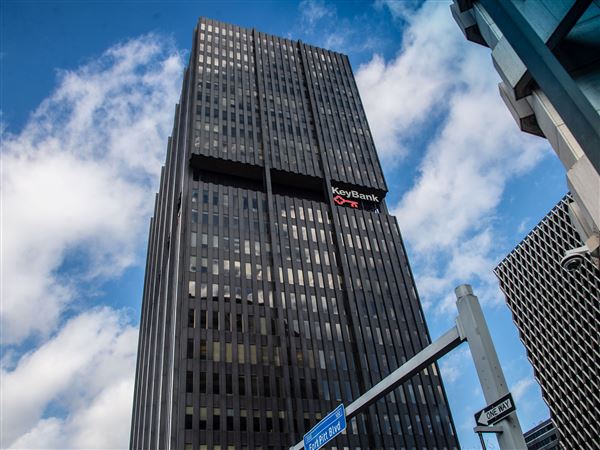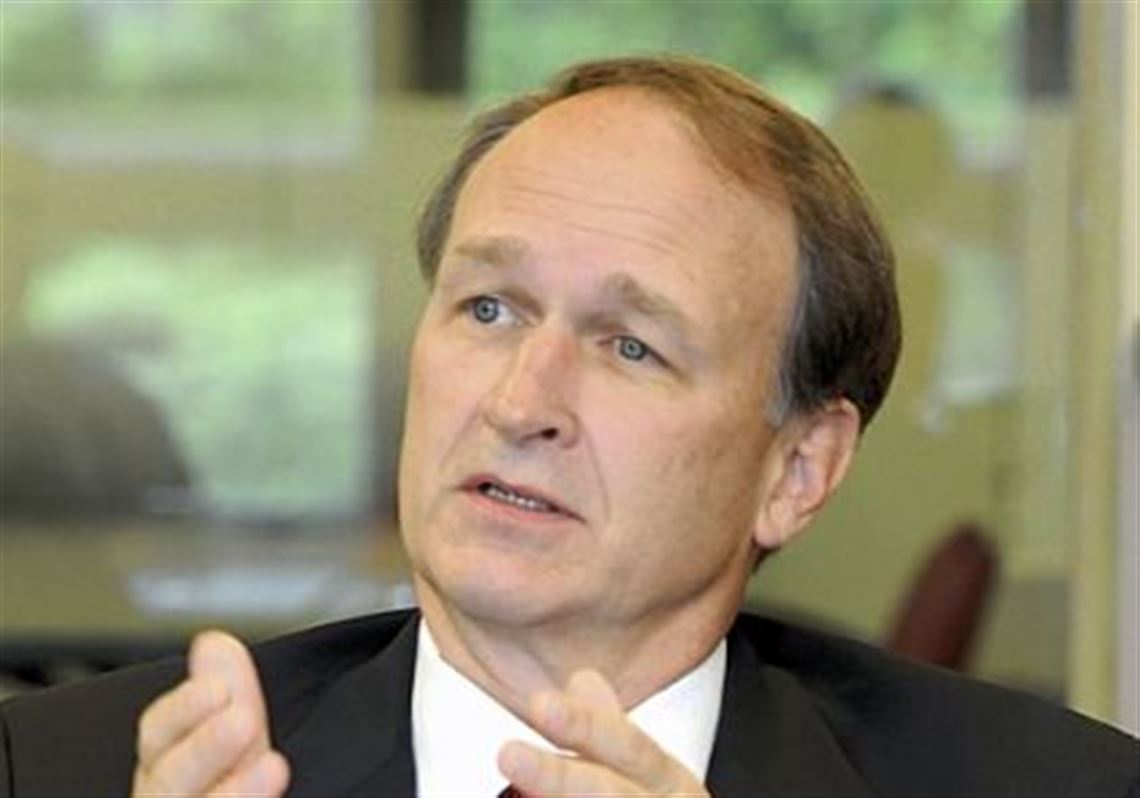Despite the federal government's drive toward its 2014 health care overhaul goals, the chief executive of Pennsylvania's largest plan isn't sure there's enough time left on the clock.
There's "a lot of concern about the ability [of the government] to go live," Highmark CEO William Winkenwerder Jr. said.
After meeting with national health industry leaders in Washington, D.C., last week, he said he came away with the sense that the state-based health care exchanges -- the online clearinghouses where people can shop for health policies -- may not be ready to go by October 2013, when the enrollment period is scheduled to begin.
Beyond the actual construction of the online exchanges, the federal government also has to figure out how the subsidies will be disbursed to those who can't afford full-priced policies and how it will work with the states that want partial, but not full, control over those exchanges.
"It's a lot of complex work, with the IRS, with each of the states," particularly the states that are still uncertain about whether they want to expand their Medicaid programs, Dr. Winkenwerder said.
He met with reporters Thursday morning to discuss the state of the health care industry and implications of the federal health care overhaul. Questions about the company's rivalry with UPMC and its on-again, off-again rescue of the financially struggling West Penn Allegheny Health System were off the table.
One byproduct of health care changes, he said, will be a steep increase in the premium costs for individual policies for those under 40, particularly young and healthy men. Because of a new regulation that essentially caps the cost of the most expensive policies within a certain product class, young men, who are used to lower premiums, will end up being charged more.
Some premiums for the so-called "young-and-healthies" could go up by as much as 200 percent, he said.
"That alone is going to be a shocker for a lot of people," he said. "Their rates are going to go up pretty dramatically," and could have the effect of driving those people out of the insurance market, opting instead to pay the annual penalty for not obtaining health insurance.
Also contributing to increasing health policy costs are some of the new taxes built into the Affordable Care Act as a funding mechanism -- new fees on health insurance providers, a 2.3 percent medical device excise tax, and others, Dr. Winkenwerder said.
He called it a "direct tax on premiums"; the Affordable Care Act calls it a "health insurance provider fee," and it imposes an annual flat fee on the health insurance sector beginning in 2014, with a percentage to be paid by each insurer based on market share. In 2014, that tax is $8 billion; in 2015 and 2016, $11.5 billion, and it goes up from there.
In an analysis issued Thursday, America's Health Insurance Plans, an industry trade group, predicted that the taxes would increase premiums by more than $2,100 over 10 years for an individual, and by $5,000 to $7,000 for a family plan.
The Congressional Budget Office, meanwhile, estimates that private health insurance premiums will increase by 5.7 percent each year, on average, from 2012 until 2022, but that they would actually increase even more without Affordable Care Act implementation.
While there is still much uncertainty regarding how the changes are going to unfold over the next 12 months, the November presidential election gave insurers "clarity with respect to the Affordable Care Act, [in] the sense that we know the current president is obviously not going to repeal the law day one, as Mitt Romney claimed he would try to do," Dr. Winkenwerder said.
Dr. Winkenwerder also addressed a variety of mechanisms -- more cost sharing with patients, improved price transparency, new types of care reimbursement models -- that could ease the annual cost of care increases that are customary in the health care industry.
As it stands, health care related spending chews up about 18 percent of the U.S. gross domestic product. It can't -- and shouldn't -- continue to grow unabated, he said.
"It is really incumbent upon the nation to figure this out," he said. "It's a matter of political will."
First Published: December 7, 2012, 10:00 a.m.
















